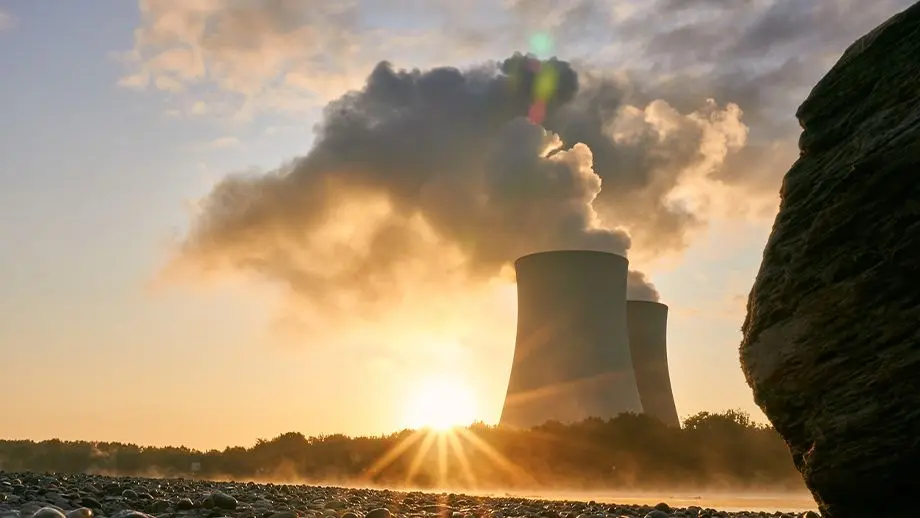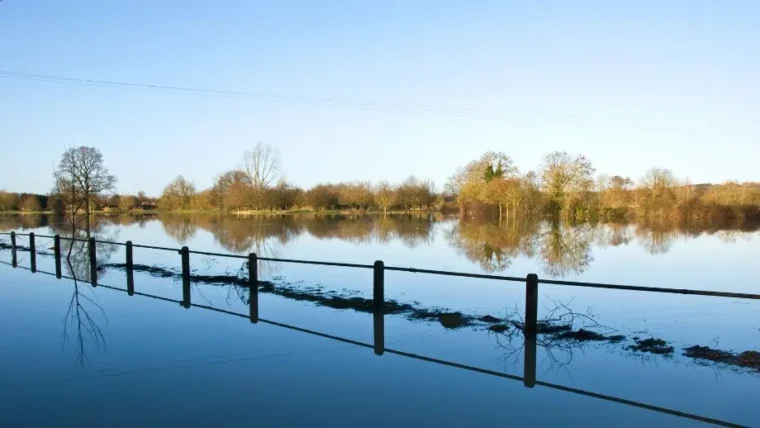How long can it take to get my Environmental Permit?
16 March 2016

We can’t tell you how long it will take to get your Environmental Permit as each case is so different. We can, however, give you an indication of the timescales and what the Environment Agency aim for. Last week, we discussed the information needed to apply for an Environmental Permit. This blog will discuss how long after you put your application in you might receive a decision.
Step 1: Putting my application together
How quickly this part is completed is all down to you. It will depend on how available the relevant information is, how much time you are willing to dedicate to the process and whether any additional work is required.
If you have all of the necessary information to hand, it should be a case of collating it all together, referencing it correctly and sending off your application. It is quite rare to have all the information needed and sometimes it is not entirely obvious what is required either. Last weeks blog, that you can read here, went into some detail about what kind of additional information you might need. You may have to subcontract some of this work out to get investigations or reports completed and this can take some time, for example a site condition report. Collating all of this information will take some time too. You may need to do some research about what is required and get in contact with different departments within your organisation to get what you need. You’ll then need to take some time to put it all in the right format. This is not a 10 minutes here and there kind of job. You may decide to employ a consultant to do this for you which can speed up the process if you aren’t sure what to do or don’t have the resources to do it in-house.
Step 2: Sending your application to the EA
Once you think you have everything that the Environment Agency need, you can send in your application. You will have to provide them with three printed copies and an electronic. You will also need to send in the relevant fee. Once the Environment Agency receive the application, they aim to have it Duly Made within 12 weeks. Duly Made is not a detailed technical evaluation and does not indicate whether or not your permit will be granted, it just means they have all the information they need to make that decision. They will check what you have submitted and check for any gaps. This may take longer than 12 weeks depending on how much information is missing from your original application. In the worst case scenario, the Environment Agency will return your application back to you and you will need to reapply with greater detail. Depending on how long the Environment Agency have spent reviewing your application, you may lose part or all of the fee you sent in.
Step 3: Duly made
Once your application has been Duly Made, the assessment process begins. This can take a further 13 weeks or sometimes more to complete and the Environment Agency may ask you for more information to make their decision. If you have applied for a bespoke permit, the Environment Agency will publish a notice of your application online so that interested parties and see and comment on it. They may also consult other public bodies like local authorities or Natural England if they think that is necessary. During this process the Environment Agency will assess whether you should be granted your permit and whether there are any significant environmental impacts that will need to be managed. If your permit is expected to take longer, for example, it is of high public interest, the Environment Agency will let you know. Following this assessment, they will write your permit ready for you to review.
Step 4: Issue of your permit
Once you have your draft permit, it is very important to review all the information and make sure you are happy with all of the conditions imposed on you and that it is correct. You will be given the opportunity to appeal if you are unhappy with their decision. If you are happy with it, the Environment Agency will issue you your formal permit and you can operate according to the conditions of that permit. One of our previous blogs looked at what you should do when you have a permit. You can read it here.
Applying for a permit is not a quick process and can vary from site to site. It is very important that you start this process as soon as possible, especially if continuing or starting your operations depends on the decision of the Environment Agency.









